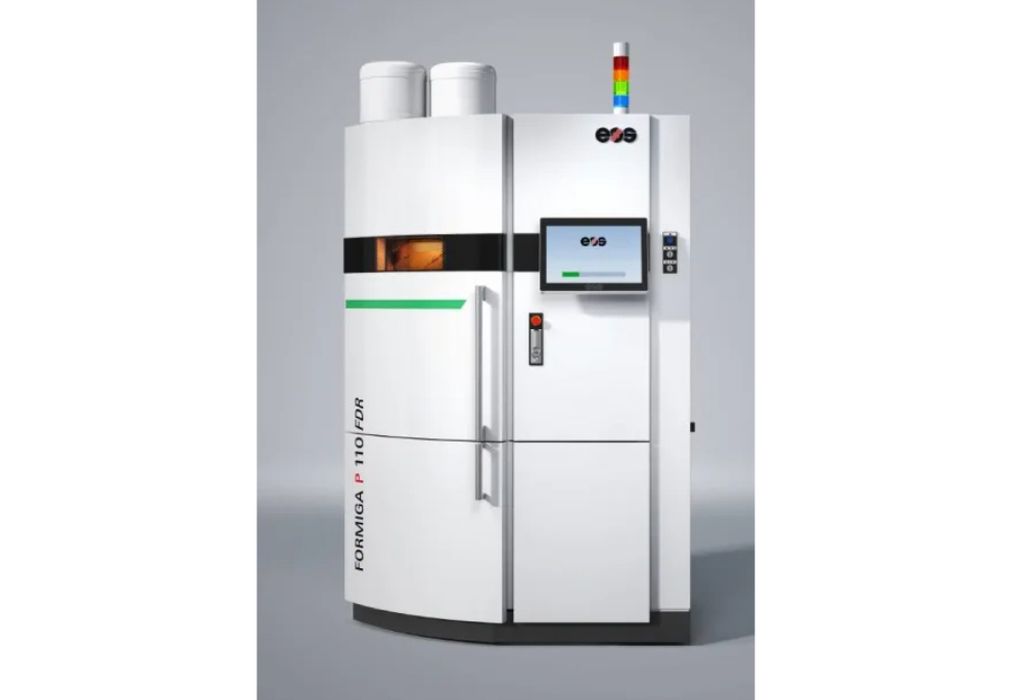
The company factors material sourcing, consumption and reusability into its new, more sustainable materials.
Additive manufacturing technology firm EOS has unveiled two new sustainable industrial 3D printing materials as well as fine detail resolution (FDR) for its FORMIGA P 110 polymer system.
“For our new environmentally green materials, we reduce greenhouse gas emissions as much as possible. And we invest in Gold Standard climate protection projects to offset the unavoidable greenhouse gas emissions.” said Björn Hannappel, Head of Sustainability at EOS.
When it comes to ensuring sustainability in its 3D printing materials, EOS looks at three factors: material sourcing, material consumption during the 3D printing process, and material reusability for continuous part production the reduction of powder waste.
For material sourcing, EOS focuses on its choice of polymers for 3D printing, how the polymer powders are generated and how the qualified additive manufacturing powder is processed on EOS systems. Depending on the choice of raw materials, the CO2e footprint for additive manufacturing powder production can be reduced by increased production efficiency and quality to reduce scrap and increase material reusability throughout the production journey.
PA 1101 ClimateNeutral polymer material
PA 1101 is a bio-based material and with a smaller carbon footprint than petrol-based polymers. EOS now offers a PA 1101 ClimateNeutral material. The term climate-neutral reflects the broader inclusiveness of other greenhouse gases in climate change, even if carbon dioxide is the most abundant. Customers will receive a certificate that proves the correct calculation and offsetting for the application.
PA 2200 CarbonReduced polymer material
PA 2200 is traditionally a petrol-based polymer, with an elevated impact on climate. EOS aims to constantly increase production efficiency of this material while providing the added value of almost 45 percent reduced CO2e footprint of the PA 2200 CarbonReduced. The company says it uses renewable energy to produce the material.
Read the rest at ENGINEERING.com
